Living in A Simulation
Imagine living in a 170-kilometre-long and 200-meter-wide city sandwiched between two towering walls in the middle of the desert. This is The Line, a futuristic city plan in Saudi Arabia. Announced in 2021, the NEOM Project plans to host 9 million inhabitants in its promise of eco-friendly and sustainable compounds. Many controversies and criticisms have sparked regarding this ambitious design, one of which regarding the incorporation of nature. While the project has claimed to integrate nature in its design, it masks the true nature that lies just beyond the mirrored walls.
 THE LINE, the future of urban living. Image taken from NEOM.
THE LINE, the future of urban living. Image taken from NEOM.
Before discussing The Line’s architecture and its attitudes and relationships with nature, it is best to understand what “nature” is defined as. According to Oxford Languages, the definition of nature is as follows: the phenomena of the physical world collectively, including plants, animals, the landscape, and other features and products of the earth, as opposed to humans or human creations. The phrase “as opposed to humans or human creations” creates the distinction between the natural and the artificial. Therefore, what category does artificial nature or artificial environments fall into? Is it natural or artificial? I believe that the artificial would not 100% be defined as nature. Maybe only to a certain extent but surely cannot be replacing what is natural. The type of nature The Line is promoting is clearly artificial. Located in the desert, it is impossible for such lush greenery to occur naturally on its own. Rather, it needs to be controlled and created by humans. I think the understanding of what nature is in the context of The Line has been manipulated where they market a city immersed in nature, while in reality it is the opposite, nature immersed in a city. However, in the context of discussing the relationships and attitude architecture has towards nature, as Tamara Metz states in the book Building Meaning, “Nature includes the environment and climate, as well as flora and fauna — even when these have been manipulated and altered by humans.”
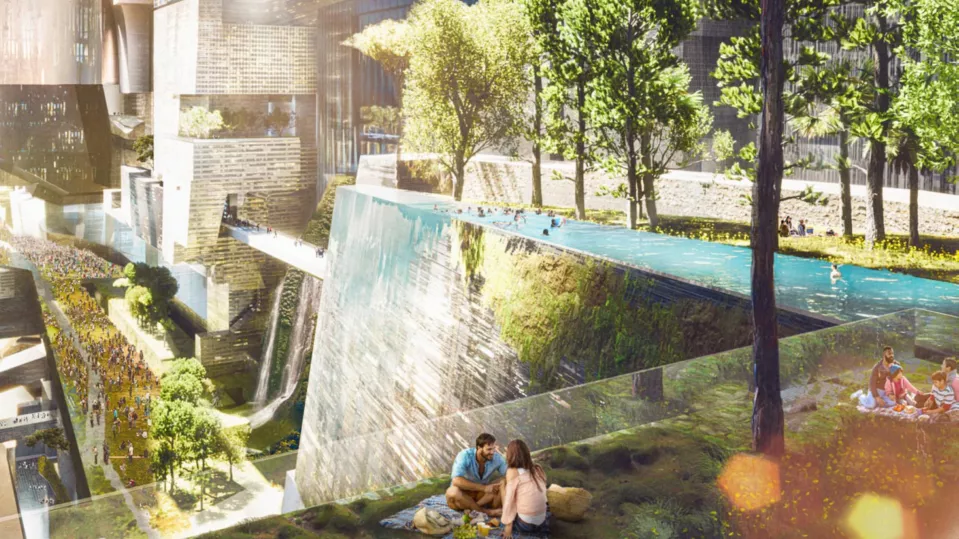 THE LINE’s artificial nature. Image taken from NEOM.
THE LINE’s artificial nature. Image taken from NEOM.
In The Line’s website, NEOM promises its readers and future residents that, “The community will live close to, and in harmony with, nature — which will be 95% untouched by urbanization. Our vertical garden city will mean you are always only two minutes from nature.” Again, NEOM states, “The Line itself will connect four distinctive ecologies: coast, desert, mountains, and upper valley. Nature will be integrated into the heart of the communities.” These statements provide an altered depiction of what nature truly is. The irony lies in the narration that this nature abundant city will be built between two walls, isolating it from the natural existing environment. What is, then, The Line’s attitude towards nature — the true nature?
The Line is promoted with the concept that nature and architecture reciprocate one another, however what is really happening is that it is “intentionally set apart from its landscape” as Reuben Rainey describes a contrasting relationship in his essay “Architecture and Landscape: Three Modes of Relationship,” addressing the dialogues between architecture and landscape. When referring to the existing nature as 'nature', and talking about architecture's approach towards it, The Line treats nature as ‘a garden’ which is described by Carol Burns in her essay “On Site: Architectural Preoccupations” as an approach that views nature as something that could be manipulated but is detached from the habitable spaces whereas the opposite approach, nature as world, embraces the human realm as part of the natural world.
This understanding of the relationships between architecture and nature contradicts the notion that The Line provides nature right at one’s doorstep because it appears to detach individuals from the true natural experience. The construction of the 500 metre walls that surround the city itself implies there needs to be a division between the outside and inside. The visuals provided during the launch of the project also display the ambitious attempt to imitate nature within an artificial setting. Experts studying urban issues have also voiced their concerns regarding this highlighting artificial environment. Carlos Felipe Pardo, a senior adviser to the New Urban Mobility Alliance, commented in an interview with NPR.org that he “worries that its high-tech approach seems to ignore people's desire to simply go outside, to experience something in a city that isn't man made.” I do agree with this statement in that the architecture and nature is placed ironically together in a way where they clearly both do not belong and fit. I believe that the efforts of incorporating these natural aspects require more critical and creative thought because as it seems right now to be quite shallow. The nature of architecture itself is already to set people apart from nature, and such poor execution, it rather emphasizes those boundaries. In addition, when nature is separated from itself, it is likely to encounter numerous difficulties in ensuring its sustainability and maintenance. This can be seen through the already existing artificial ecosystems such as farms and zoos that it requires constant human intervention and resources which defeats its goals of being a self-sustaining city. The lengths of The Line are going to create 'the perfect living environment' is the opposite of what occurs in nature. Because the so-called nature within The Line itself cannot provide its inhabitants with what nature usually provides (climate, resources, etc.), they find the need to 'fill in the gaps' and replicate the aspects the environment seems to lack.
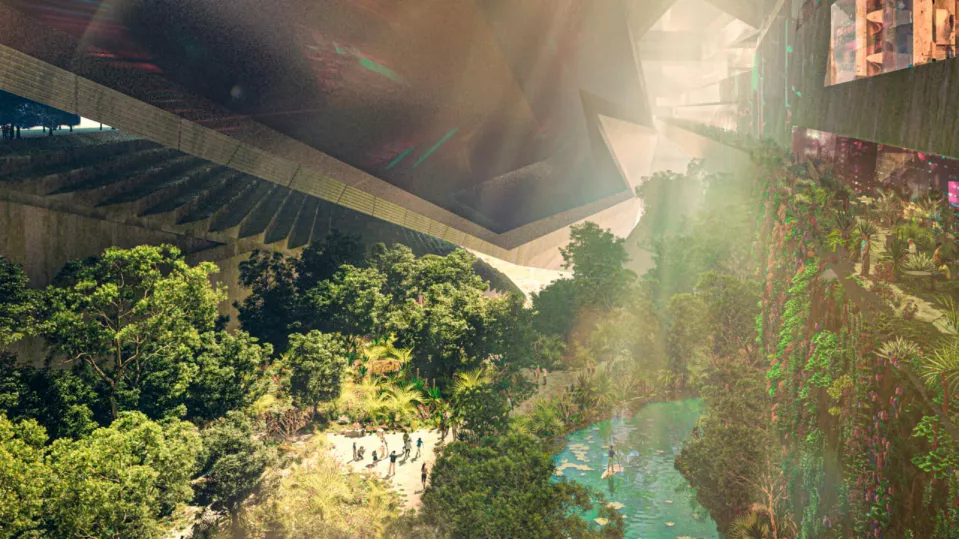 Relationship between architecture and nature. Image taken from NEOM.
Relationship between architecture and nature. Image taken from NEOM.
The question that precedes is then, what is the role of nature within The Line? Is it simply a “greenwashing” marketing strategy or does it serve a larger purpose? As one of the world’s leading producers of oil, the issues regarding Saudi Arabia’s hidden agendas behind The Line have sparked numerous controversies. Tobias Zumbrägel, a researcher at the Bonnbased Centre for Applied Research in Partnership with the Orient (CARPO) believes that Saudi Arabia's sustainability agenda is not primarily focused on environmental protection or ecological advancement. Instead, he believes that the leadership is using it to gain "political leeway" and to serve "economic interests". Zumbrägel's perspective suggests that the Saudi Arabian government's sustainability efforts are not entirely genuine and may be a form of greenwashing. Strangely, the statements given by The Saudi Energy Minister himself contradict The Line’s mission of creating a net-zero, fully sustainable city, as he states, “We are still going to be the last man standing, and every molecule of hydrocarbon will come out.” I do believe the role of nature here in The Line is used as propaganda and is a marketing strategy to support Saudi Arabia's “net-zero” ambitions just like in many other architectural projects where nature is put to set a scene or sell a product that is not necessarily “green” in the first place. The Line also seems to be used by Saudi Arabia to gain relevance regarding current issues and promote themselves as a progressive country. Even if their intentions are true, Saudi Arabia is promising more than they could provide.
This article was written by Kenenza Woosnam, an architecture student at Pelita Harapan University.


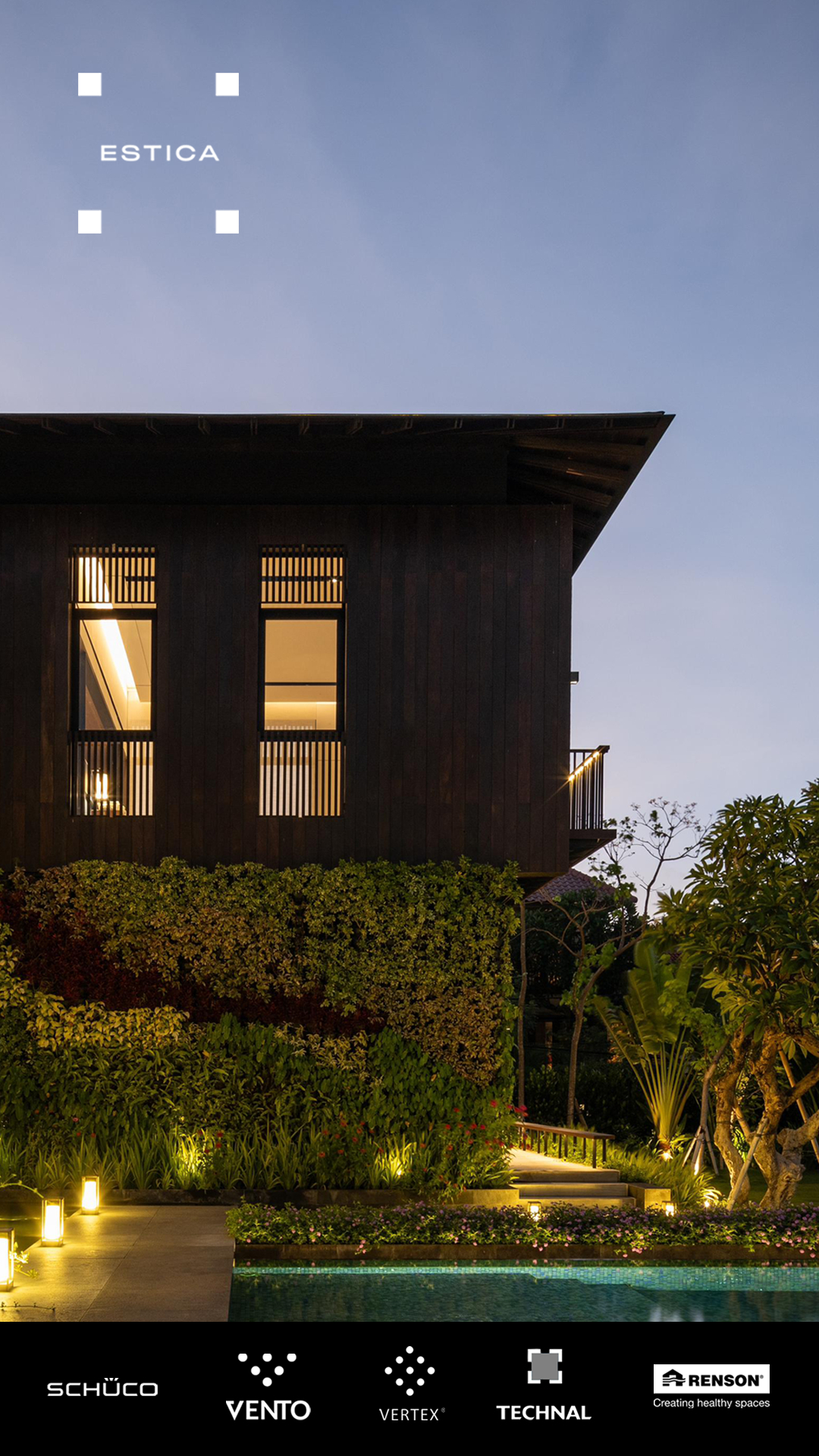
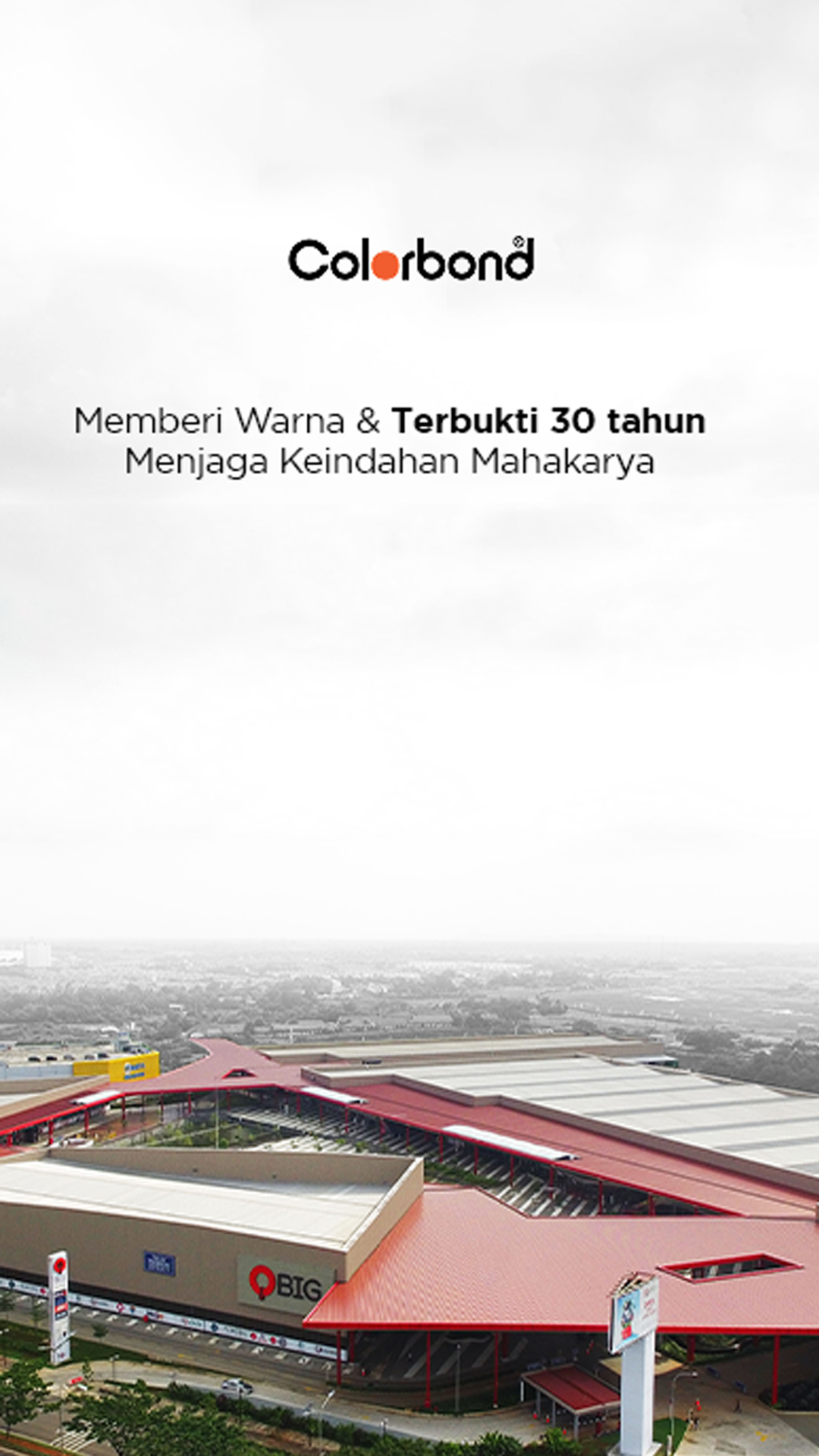


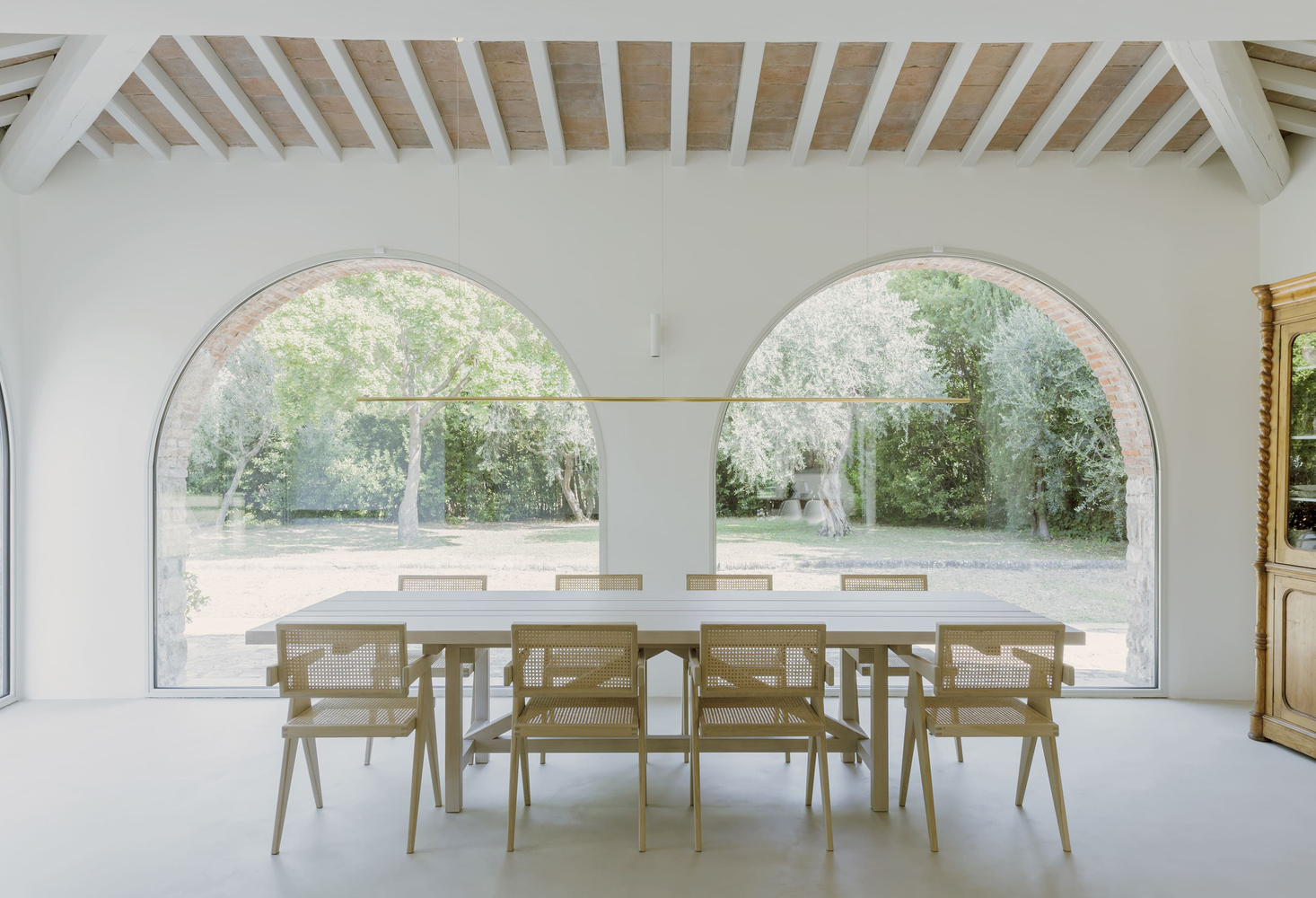

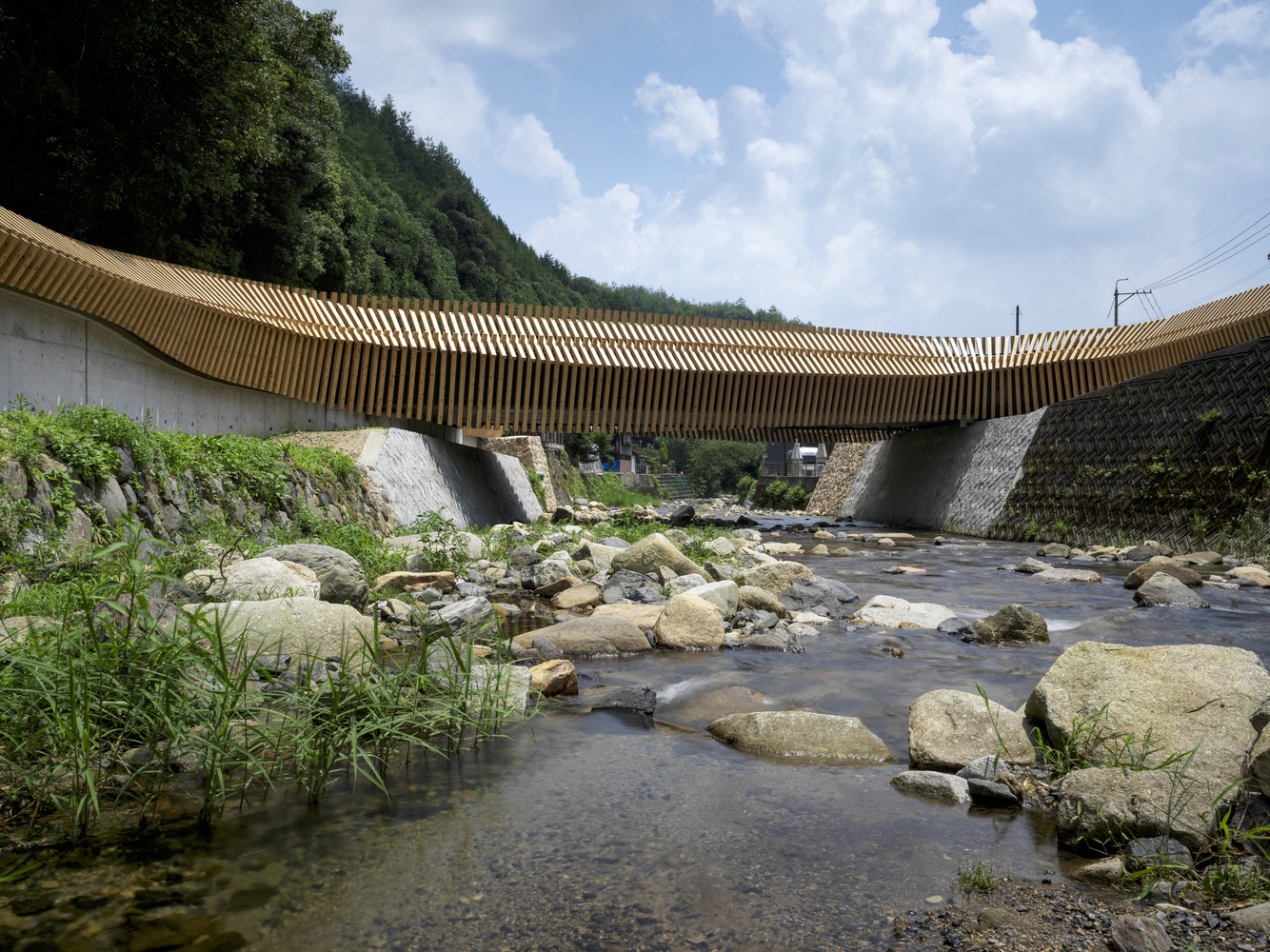

Authentication required
You must log in to post a comment.
Log in